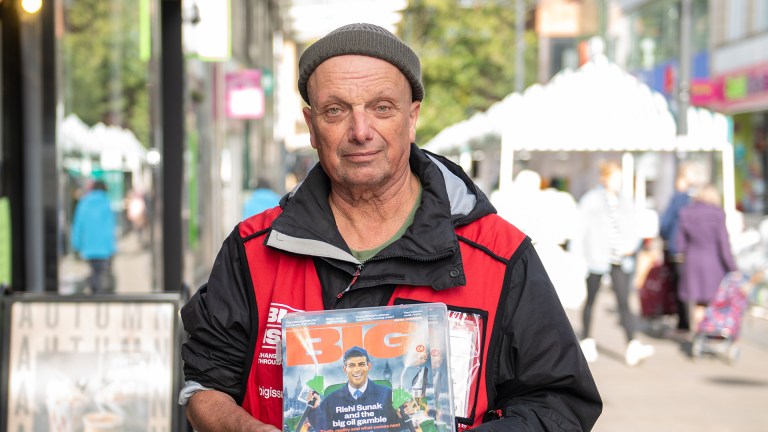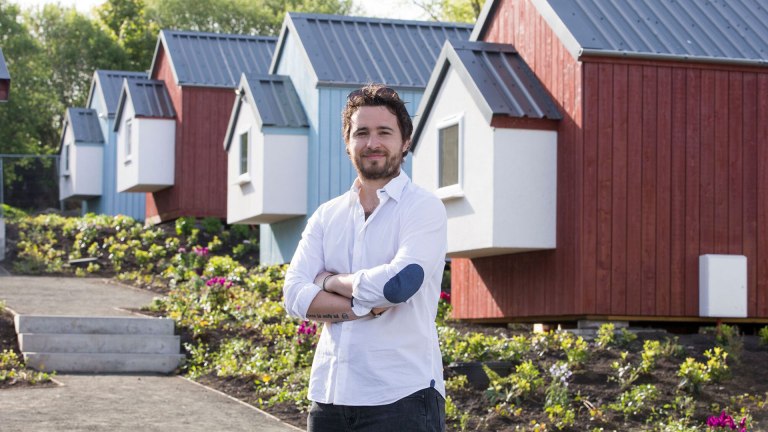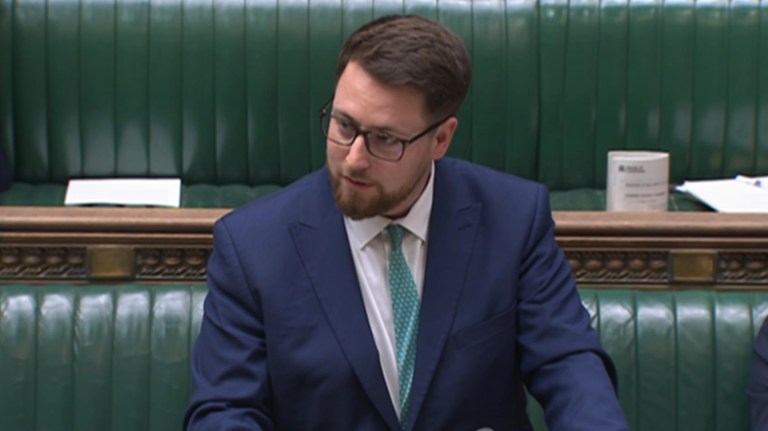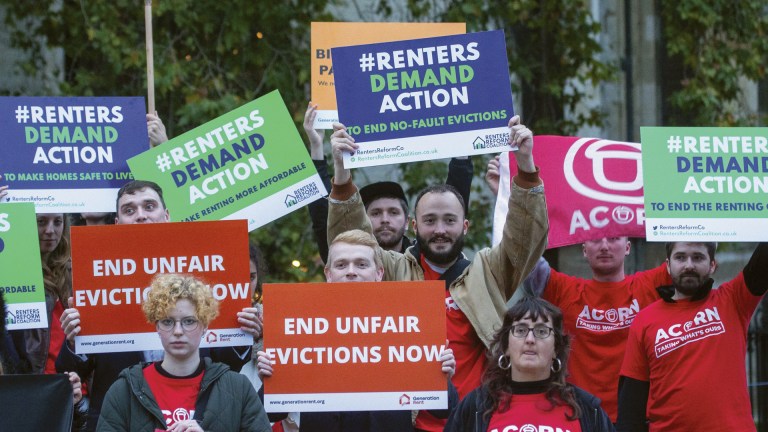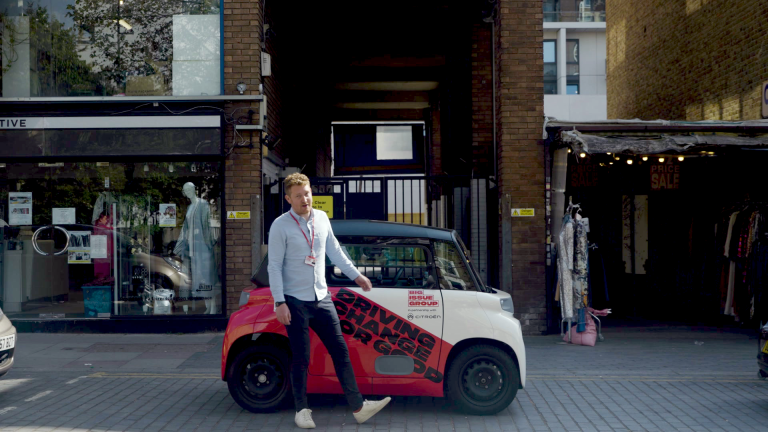When Ella Adoo Kissi-Debrah became the first person to have excessive air pollution recorded as a cause of death in 2020, the coroner noted the nine-year-old lived 30 metres from the South Circular Road. Beacon House is 16 metres from the North Circular. Or what about Peartree House in Essex? The building wouldn’t stand out as a home on the Peartree Business Centre industrial estate because developers are disincentivised from changing the outside of buildings under PDR.
The issues go on: homes that are a 40-minute walk from the nearest shop, lacking proper ventilation or natural light, or even only being slightly bigger than the typical car parking space. Lord Nigel Crisp, who is bringing the TCPA’s Healthy Homes Bill through the House of Lords, described these examples as “slums of the future”.
Rosalie Callway, projects and policy manager at the TCPA, says: “Developers involved in PDR are not required to contribute to local community amenities, infrastructure or high streets. We know we urgently need more genuinely affordable homes but these unplanned and poorly regulated conversions are harming people’s health.
“Creating such poor-quality homes is a false economy. They will need to be retrofitted almost as soon as they are produced. That is why the TCPA is calling for change in the law – so that all new homes, including those made through PDR, are Healthy Homes.”
Housing Secretary Michael Gove announced a consultation on permitted development rights in July, with improving the rules to boost housing delivery one of its stated aims. It is set to run until the end
of September.
But while ministers are pondering their next move, Habitat for Humanity Great Britain (HFHGB) is trying to use the transformation of commercial properties into homes as a scalable solution to the housing crisis.
According to the group’s research in 2021, there were an estimated 7,000 council-owned commercial and business premises across England, Scotland and Wales that have been empty for over a year. That could create space for 19,500 residential units.
With an estimated 165,000 privately owned commercial and business premises empty across Britain, the opportunity to unlock new homes is there.
Backed by two loans from Big Issue Invest, HFHGB refurbished an empty property in Barking, East London, as its first pilot project beginning in 2017. Teaming up with the London Borough of Barking and Dagenham, the group created three one-bedroom flats to house two individuals with complex needs and one live-in support worker. Another development in Catford, south-east London, converted a previously uninhabitable house to create two two-bedroom flats to provide accommodation for women fleeing domestic violence. The new homes are rented out at local housing allowance rates to ensure they are genuinely affordable. David Clare, HFHGB CEO, says the social enterprise, which is part of the wider Habitat for Humanity global network, has been working on bringing empty homes back into use for a decade.
“We see that as a really useful area to be looking at,” says Clare. “Firstly, it’s really problematic and councils haven’t traditionally been able to access that. Even though they own it, they haven’t been able to unlock it. And it’s genuinely affordable housing and new housing stock.”
HFHGB has created a downloadable toolkit to help other groups looking to bring empty spaces back into use.
The social enterprise is also asking the public to tell them which vacant buildings are ripe for the converting using its Empty Spaces app inspired by, of all things, birdwatchers.
“Knowing where the empty buildings are and how to do something about them was a bit of an obstacle,” says Tessa Kelly, HFHGB’s director of development. “We were inspired by the RSPB’s app and public facing campaign called the Big Bird Count. To understand migratory patterns of birds, you need data points across the country with a real variety of time, weather etc. So the count is this thing where you sit in the garden for an hour with a crib sheet going, have you seen a robin? Have you seen a sparrow? We were like, how can we unlock that power?”
The app invites users to log buildings that might be empty as well as the condition they’re in, offering a starting point for HFHGB to explore bringing them back into use. It’s the next step in proving the idea is scalable after HFHGB’s work was highlighted as a best practice example in the All-Party Parliamentary Group joint-inquiry into converting empty commercial property into affordable housing.
“It allows us to understand where we could start to advocate, whether at a local authority level or at a community-led level to do big regeneration in those areas,” says Kelly. “The idea of just ringfencing spaces and trying to make that into housing doesn’t sit well with our vision of decent housing for all so we’re advocating for quality conversion, not just conversion for the sake of it.”
It will take creativity and ingenuity to tackle the housing crisis. But substandard homes and makeshift communities won’t do it – the housing market must work for everyone.
This article is taken from The Big Issue magazine out this week. Support your local vendor by buying today! If you cannot reach your local vendor, click HERE to subscribe to The Big Issue or give a gift subscription. You can also purchase one-off issues from The Big Issue Shop. The Big Issue app is available now from the App Store or Google Play

